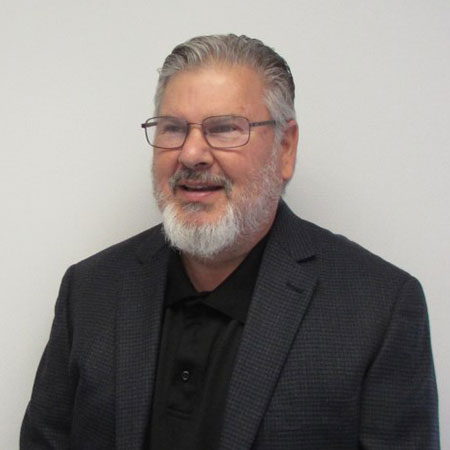PoE systems’ low energy use doesn’t exempt them from standards
By Jerry Plank
 What an amazing and challenging time to work in the lighting industry. The lighting practitioner has at their disposal many unique and novel LED solutions to address energy conservation, medicinal uses, and lighting systems that can be field-programmable to adjust to changing conditions at the site.
What an amazing and challenging time to work in the lighting industry. The lighting practitioner has at their disposal many unique and novel LED solutions to address energy conservation, medicinal uses, and lighting systems that can be field-programmable to adjust to changing conditions at the site.
While the thought of new lighting systems is exciting, projects can take on extra layers of complexity allowing the designer to experience firsthand how “Murphy’s Law” works. Trust me, Murphy’s adage that anything that can go wrong will go wrong is never more apparent than when a complex project runs off the tracks.
Unfortunately, many of the newest systems in LED lighting such as PoE (Power over Ethernet) may not be served well by the current safety standards used to determine compliance. This begs the question: Are current safety standards setting up the lighting industry for some painful lessons? Let’s dig deeper into what the current safety standards represent and what may be lacking.
BEFORE EVERYONE GETS in a dither though, let’s acknowledge that folks who volunteer their time working on the many groups and committees that create our safety standards are doing a tremendous service, while getting no direct benefit for their work. What is being challenged here, therefore, is not the dedication of those who volunteer but how we as an industry look at safety standards
where low energy is involved.
The fact that PoE systems require less energy is the root cause of confusion in the field surrounding who can, and who should, install the components, lighting units, controls and cables that make up the system. Many state legislatures are debating this question, with some proposing licensing for the contractor responsible for the installation.
It is the very nature of PoE systems—in that they don’t use much energy—that suggests installers need not be licensed, in keeping with the concept of plug-and-play connectors, cables, components and lighting units. So what does “low energy” actually infer?
It is the very nature of PoE systems— in that they don’t use much energy—that suggests installers need not be licensed, in keeping with the concept of plug-and-play connectors, cables, components and lighting units. So what does “low energy” actually infer? Simply put, the electrical power requirements currently offered by manufacturers of PoE systems are at or below Class 2 levels as outlined in the 2020 NFPA 70 (The National Electrical Code), Article 725. Class 2 means that a fire and/or electrical shock is not probable under most conditions. The treatment of said Class 2 PoE systems is that the ANSI/UL safety standard, specifically ANSI/UL 2108, the Standard for Low Voltage Lighting Systems, do not require any evaluation of the installation requirements other than citing that the DC power system conforms to IEEE 802.3.
The entire integrity of the electrical safety program surrounding the NRTL’s programs is the necessity of a factory inspection. The problem with the wording in the ANSI/UL 2108 citing conformance to IEEE 802.3, without requiring an investigation, is that the user has no way of determining whether or not the PoE system being considered actually meets with that specified in IEEE 802.3. Further, ANSI/UL 2108 does not require any evaluation of installation instructions to determine whether or not the plug-and-play concept can be implemented by those that may be unskilled in the art of electrical components and cables that meet with local and national building codes.
NOTE THAT IT IS NOT THE INTENT of this article to weigh in on how, or who, should install a PoE system. The point being made here is the industry and the standards-writing bodies need to come together quickly to create standards that reflect the entire system, including the cables and installation norms, to eliminate confusion in the field.
Product safety is dependent on the publication of accredited safety standards that learn from the past, while serving today’s business norms by making room for new and emerging technologies. Solving problems to avoid confusing and ambiguous situations requires teamwork from the manufacturers and the NRTLs alike.
In closing, an excellent example of published safety standards addressing yesterday, today and emerging technologies are those published for holiday and seasonal lighting products. As outlined in the LD+A December 2019 “Safety” column, hazards do exist when using holiday and seasonal lighting products. They can be mitigated by using compliant products as intended. Many published guides by the NFPA (National Fire Protection Association) and ACTA (American Christmas Tree Association) outline critical items of use to make the holiday season less risky. Please take care during the holiday season to minimize risks when using holiday lighting products.

